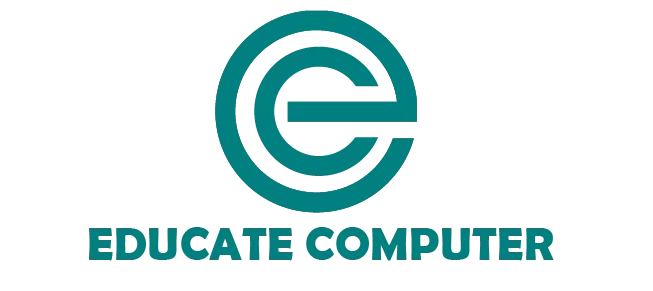Data and information are two important terms in computer science and everyday life. They also play a big role in business, education, healthcare, and communication. Many people think data and information are the same but different.
Definition of Data
Data is a collection of facts and figures related to an object. An object can be a person, event or anything about which data is collected. Data may consist of text, numbers, images, sound and video. Data is not arranged in any order. It has no meaning unless it is processed. Data can be processed to produce useful information.
Example
A list of student marks in a subject is data. These marks do not give any useful knowledge. But when a teacher calculates the highest, lowest, and average marks, it becomes information. This processed data helps teachers and students understand performance.
Definition of Information
The processed data is called information. Information is organized, useful and meaningful. It is used for making decisions. Data is used as input for processing and information is the output of this processing.
Example
if we say, “The average score of the class is 20,” this is information. It helps us understand the data.
Types of Data
Data can be divided into different types. Here are some types:
1. Qualitative Data
This type of data describes qualities or characteristics. It is non-numerical. It helps us understand feelings, preferences, and opinions. For examples:
- Colours (red, blue, green)
- Opinions (happy, sad, satisfied)
- Labels (male, female)
A survey about favourite colours can help a company decide what colour to use for a new product.
2. Quantitative Data
This type of data is numerical and can be measured. It helps us measure things accurately. For examples:
- Height (5.5 feet).
- Weight (60 kg).
- Test scores (85 out of 100).
Doctors use quantitative data like weight and height to check if a person is healthy.
3. Primary Data
This is data you collect yourself. It is original and specific to your needs. For examples:
- Surveying your class.
- Recording temperatures every day.
If you want to know how many students in your class like math, you can conduct a survey to get primary data.
4. Secondary Data
This is data collected by someone else. It saves time and effort. For examples:
- Using government reports.
- Reading research papers.
Instead of conducting your survey, you can use data from a government report.
Difference Between Data and Information
The following table highlights the main difference between data and information to understand it better:
| Data | Information |
|---|---|
| Data is collection of raw facts and figures | Information is processed form of data |
| Data is used as input in the computer | Information is the output of computer |
| Data is normally huge in its volume | Information is normally short in it volume |
| Data is difficult or even impossible to reproduce. For example, it is very hard to reproduce the data of the census if it is lost. | Information is easier to reproduce. For example, many graduate citizens can be recalculated from the stored data. |
| Data is used rarely | Information is used frequently |
| Data is not dependent on information | Information depends on data |
Frequently Asked Questions (FAQs)
What is the difference between data and information?
Data is raw and information is processed data.
Can qualitative data be turned into information?
Yes. For example, survey opinions can be summarized into a report.
Why is data visualization important?
It helps us understand data quickly through graphs and charts.
How is data used in artificial intelligence?
AI systems use data to learn and make decisions.
